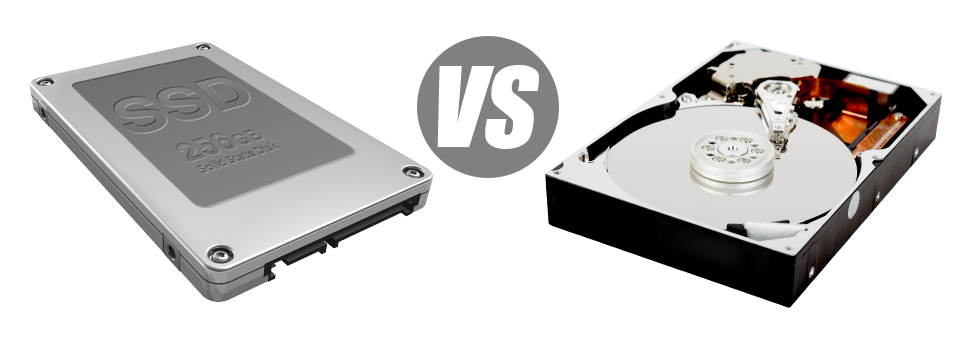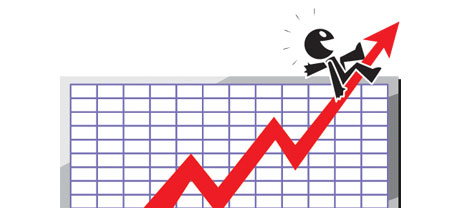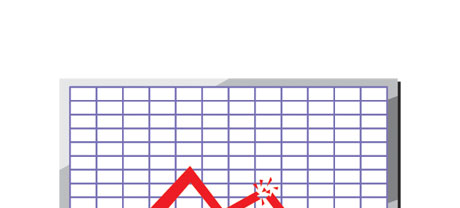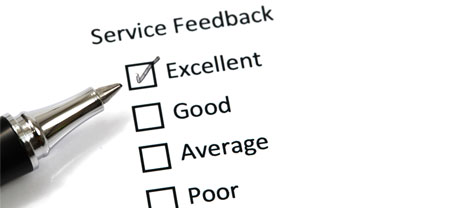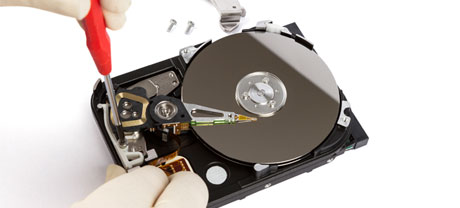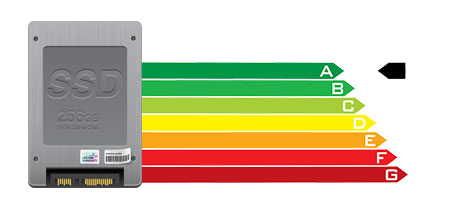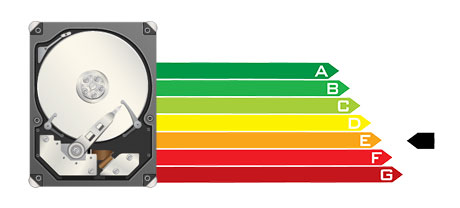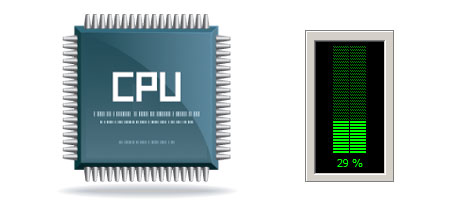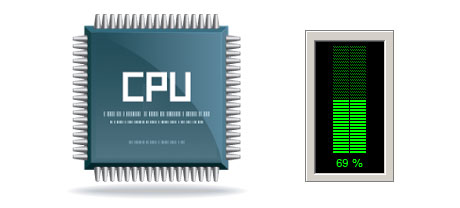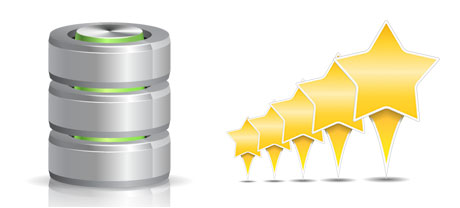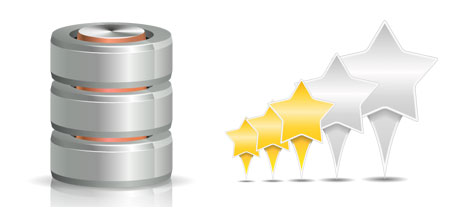For those who have a web site or perhaps an web application, speed is really important. The faster your site performs and then the faster your web applications work, the better for you. Given that a web site is a group of files that connect to each other, the devices that keep and access these data files play a huge role in website operation.
Hard disks, or HDDs, were, until recent years, the most efficient systems for saving data. Nevertheless, in recent years solid–state drives, or SSDs, are already gaining interest. Take a look at our evaluation chart to find out whether HDDs or SSDs are better for you.
1. Access Time
With the arrival of SSD drives, data accessibility speeds are now tremendous. As a result of completely new electronic interfaces employed in SSD drives, the average data access time has been reduced to a all–time low of 0.1millisecond.
HDD drives still work with the same general file access concept which was initially created in the 1950s. Though it has been substantially improved after that, it’s sluggish when compared with what SSDs will offer. HDD drives’ data access rate varies between 5 and 8 milliseconds.
2. Random I/O Performance
Caused by the completely new radical file storage approach embraced by SSDs, they offer swifter file access speeds and swifter random I/O performance.
Throughout WebsiteHosting.sbs’s lab tests, all of the SSDs demonstrated their ability to take care of at the very least 6000 IO’s per second.
Hard drives present slower file access speeds because of the aging file storage and accessibility technique they are using. Additionally they show significantly reduced random I/O performance when held up against SSD drives.
Throughout our lab tests, HDD drives dealt with on average 400 IO operations per second.
3. Reliability
SSD drives do not have any rotating components, which means there’s much less machinery included. And the less physically moving components there are, the fewer the possibilities of failure will be.
The standard rate of failing of any SSD drive is 0.5%.
HDD drives use spinning hard disks for keeping and reading files – a concept since the 1950s. With hard disks magnetically hanging in mid–air, rotating at 7200 rpm, the likelihood of anything going wrong are generally increased.
The common rate of failure of HDD drives varies between 2% and 5%.
4. Energy Conservation
SSD drives are much smaller compared to HDD drives and also they don’t have any moving elements whatsoever. This means that they don’t generate as much heat and require much less electricity to operate and much less energy for chilling purposes.
SSDs take in amongst 2 and 5 watts.
HDD drives are well known for becoming noisy; they are prone to overheating and when there are several hard drives in a hosting server, you’ll want one more a / c unit simply for them.
As a whole, HDDs take in between 6 and 15 watts.
5. CPU Power
SSD drives permit a lot faster data file accessibility speeds, which generally, in return, encourage the processor to accomplish file calls much quicker and after that to go back to different responsibilities.
The regular I/O wait for SSD drives is 1%.
As compared to SSDs, HDDs allow for reduced data file accessibility rates. The CPU will be required to await the HDD to send back the demanded data file, saving its resources in the meanwhile.
The typical I/O delay for HDD drives is approximately 7%.
6.Input/Output Request Times
In the real world, SSDs function as admirably as they performed in the course of the trials. We ran a complete platform backup using one of the production machines. All through the backup operation, the regular service time for any I/O calls was indeed below 20 ms.
Throughout the exact same trials with the same web server, this time around equipped out with HDDs, effectiveness was considerably slow. All through the hosting server data backup procedure, the standard service time for any I/O demands varied between 400 and 500 ms.
7. Backup Rates
You’re able to experience the real–world benefits to utilizing SSD drives day by day. For instance, on a hosting server furnished with SSD drives, a complete data backup is going to take merely 6 hours.
Over time, we have utilized mostly HDD drives with our web servers and we’re knowledgeable of their general performance. On a web server furnished with HDD drives, a full web server back–up normally takes around 20 to 24 hours.
Should you wish to easily enhance the efficiency of your respective web sites and not have to transform any kind of code, an SSD–powered website hosting service is a really good solution. Examine our Linux hosting service packages along with our VPS web hosting service – our services offer fast SSD drives and can be found at cost–effective price points.
Hepsia
- Live Demo
Service guarantees
- Join us now. There won’t be any configuration charges and you will have complete root and SSH access to the server. 99.9% network uptime is guaranteed.
Compare our prices
- Take a look at our rates and pick the right Virtual Private Server for your powerful websites. You’re able to upgrade to a more powerful VPS Web Hosting configuration with simply a click of the mouse.
- Compare our hosting plans
Contact Us
- Get in touch with us 24/7/365 by email or by making use of our extremely–fast ticketing system. Our technicians are going to reply to any inquiries within 60 minutes.

